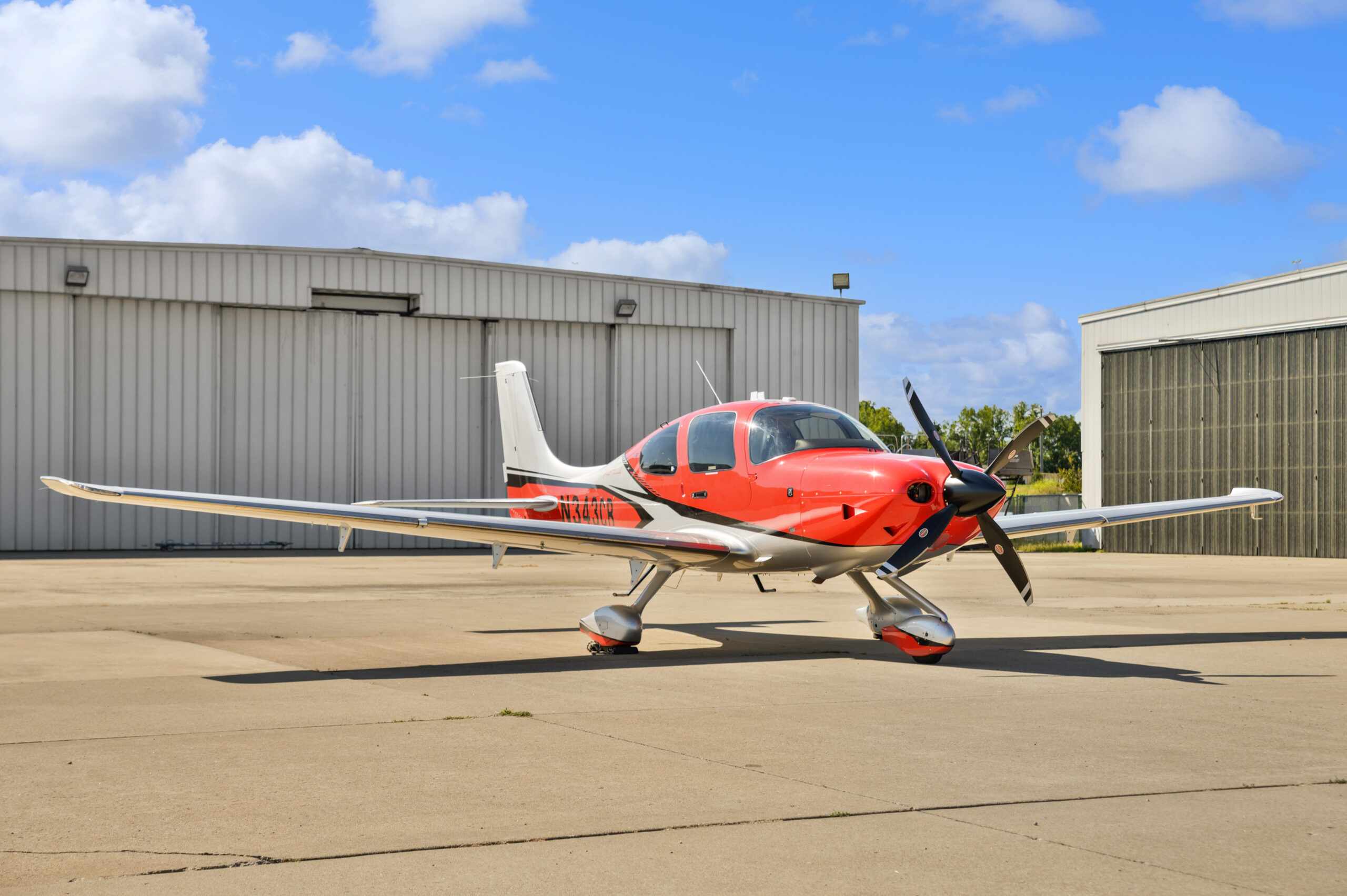The FAA Ramp Check: What Pilots Should Know
It’s a beautiful day at Lunken Airport, and you’ve planned a scenic flight around the Cincinnati area with a friend. You hop onto Flight Schedule Pro, reserve an SR20 G6, and head to the airport. Everything feels routine — you’ve got the keys, done your preflight, and grabbed a headset for your passenger.
Then, as you’re walking out to the plane, you notice someone crossing the ramp wearing an “FAA” jacket. Your heart skips a beat. The man approaches, makes small talk about your flight and the Cirrus aircraft, then introduces himself as an Aviation Safety Inspector (ASI). He’s here to conduct a routine ramp check.
Step 1: Stay Calm and Be Professional
Your mind might race — “Did I do something wrong?” — but remember, ramp checks are usually routine and random. The best thing you can do is stay calm and courteous.
The ASI will begin by asking for your documentation. You’ll need to present:
-
Pilot Certificate
-
Government-issued Photo ID
-
Valid Medical Certificate
The inspector will review these documents, record the information, and return them to you.
Step 2: Verify Aircraft Documentation
Next, the ASI may inspect the aircraft’s paperwork. This is where “ARROW” comes in — the acronym every pilot learns for required onboard documents:
-
Airworthiness Certificate
-
Registration (both FAA and state, if applicable)
-
Radio Station License (required only for international flights)
-
Operating Handbook (POH)
-
Weight and Balance Data (usually located in the POH, Chapter 6)
If everything checks out and the aircraft is compliant with FARs, the ASI will typically conclude the inspection and wish you a safe flight.
Step 3: Why Was I Chosen?
Many pilots wonder why they were selected for a ramp check. According to FAA Order 8900.1, inspectors conduct these checks for a variety of reasons — sometimes due to observed issues, and other times simply as part of routine oversight. In most cases, it’s just the “luck of the draw.”
Step 4: Tips for a Smooth Ramp Check
-
Stay calm and polite. Professionalism goes a long way.
-
Provide only what’s requested. Avoid offering extra documents that could get misplaced.
-
Be prepared. Always ensure both you and your aircraft are airworthy before every flight — you never know when you might be next.
Safety Takeaway
A ramp check can feel intimidating, but it’s simply part of the FAA’s effort to keep general aviation safe. With the right mindset and preparation, it’s nothing to fear — just another opportunity to show that you’re a conscientious, safety-minded pilot.
This post was written by Gabe Thompson, our Flight Instructor and SF50 pilot based out of our Lunken facility.
